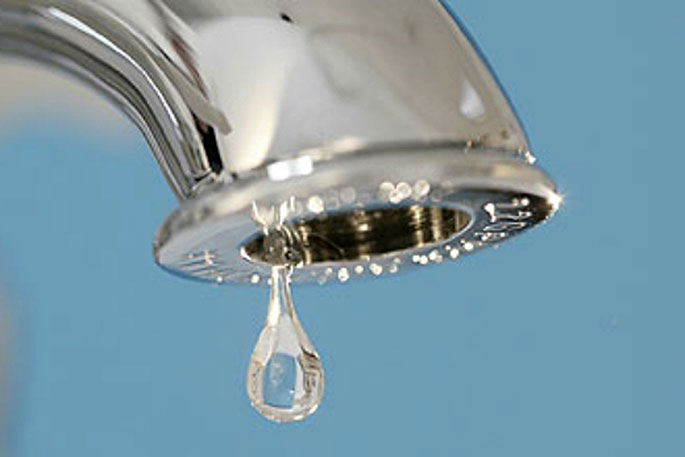The Western Bay of Plenty District Council's water supplies come from underground sources to 'give residents security and safety of drinking water supply”, says Kelvin Hill, the council Utilities Manager.
'Bore water generally speaking is safer due to the fact it isn't interfered with or contaminated by airborne debris, animals or people.
'We also have Public Health Risk Management Plans for our water sources (Ministry of Health approved). These documents have undergone extensive reviews and are now nationally called water safety plans.”
Kelvin is responding to question from SunLive following the release of the Government inquiry into the 2016 Havelock North water poisoning that saw 5500 people become ill from drinking contaminated water.
The illness may have contributed to three deaths, and 45 people were hospitalised.
The outbreak was traced to two shallow bores on the outskirts of Havelock North. After some heavy rain, contaminated water flowed from a paddock into a pond 90m from the extraction point.
Kelvin says WBOPDC sources its drinking water from nine secure groundwater bore fields and one surface water supply. 'We use groundwater bores because the water tends to be safer – there's no access from air, people or animals.
'This enabled us to achieve a more consistent quality of water and reliability of supply. It also allows council to increase its capacity to meet future demand and to improve reliability of supply in drought conditions.”
A number of WBOPDC bore heads are located within horticultural or agricultural land.
However, strict guidelines around design and protection of such an asset has been adhered to during construction. Each site has undergone a strict audit to ensure such design conditions continue to be met.
'For example, there is an exclusion zone around the bore heads using security type fencing, as well as ensuring all surface water drains away from the bore heads. This makes sure there is protection in place at all times.”
Samples of water are routinely taken from pipes throughout the district and tested in a laboratory – on average this happens on a weekly basis.
'We monitor the results to ensure all drinking water fits the New Zealand Drinking Water Standards. Council works with a drinking water assessor from the Ministry of Health to ensure we achieve this every time.
'To ensure the safety of each bore field and treatment plant each has a water safety plan to make sure the underground water supplies are protected from becoming contaminated and that the treated water isn't contaminated on the way to your tap.”
Raw water collects different minerals and naturally occurring pollutants, so council treats it to make sure it's safe to drink and use.
The raw water council gets from its underground bores is already of a very high quality and generally requires very little treatment. To make it safe to drink a number of processes are used.
Filtration removes particles such as manganese, iron, clay, silt and other organic matter from bore water.
Disinfection kills bacteria and other harmful micro-organisms by adding very small amounts of chlorine or through ultra-violet radiation and pH treatment/balance adjusts acidity/alkalinity of water to a neutral level pH which gives water a better taste.
'This is necessary because council water is taken from bores and hasn't had time to complete a full natural purification process.”
Regular sampling and testing is carried out to ensure water meets NZ Drinking Water Standards set by the Ministry of Health.
Kelvin says there have been no water borne illnesses that council is aware of in the past 12 months.
'We have, however, had two instances (March and August) in the Eastern Supply zone, where higher pH levels were discovered in our water supplies. In both cases this was caused by a section of water main line that had not been active for a period of time being brought back on line without adequate flushing.
'This led to a body of water with higher than normal pH entering the main system affecting some properties. A high pH level means the water is more alkaline than it should be and the main concern about this is that it can cause skin irritation in some people.”
Council supplies metered drinking water to 15,700 properties (about 34,000 people) across the Western Bay District through a complex network of reticulation.
The 2013 Census had the Western Bay at a population of 43,692 which is slightly above 20,000 households.
Those people not on council water manage their own on-site supply by bore, rainwater tanks or pumping from streams, rivers, lakes.
'Council is happy to provide any educational literature on the benefits of having a treated water supply. While the consumer has the choice of what water supply they wish to use, it is important that they understand the potential health risks,” says Kelvin.
Overview of water network in the Western Bay:
Three supply zones – East, Central and West
Nine bore fields
10 water treatment plants
24 reservoir and tank sites
24 booster pump stations
About 660km of pipes
One surface supply in the Te Puke Bush area.



0 comments
Leave a Comment
You must be logged in to make a comment.